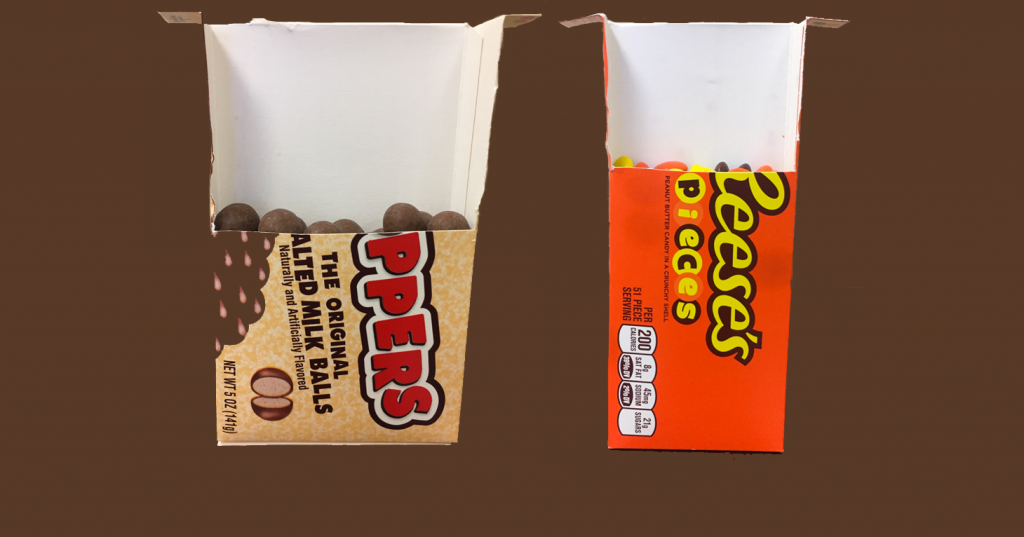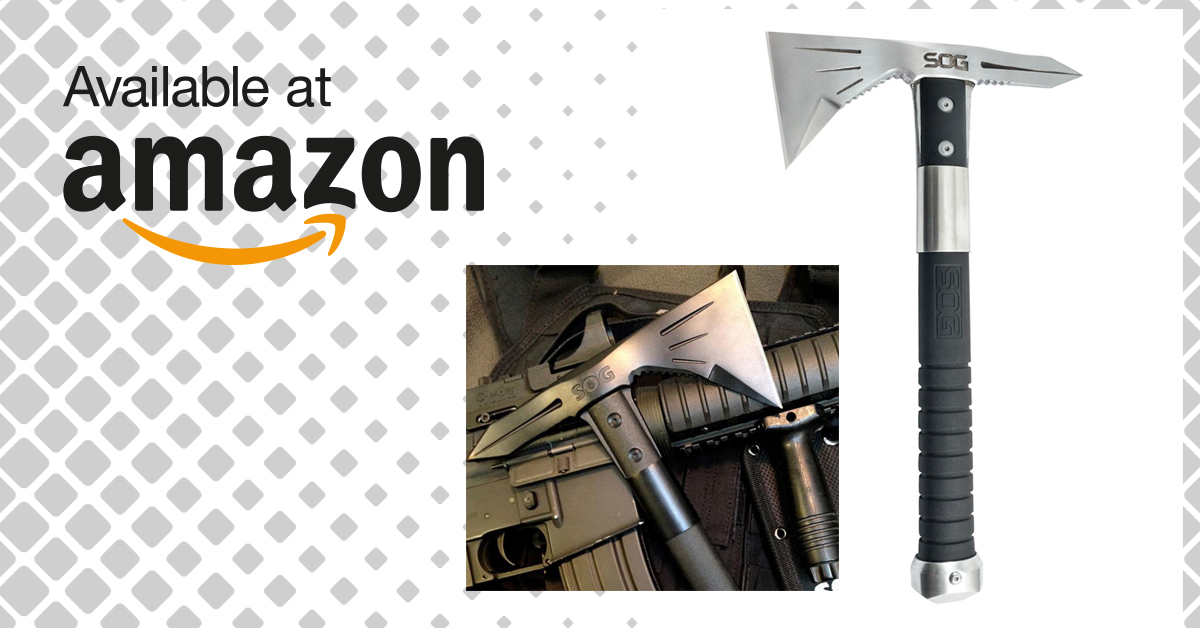
During the height of the recession, paper-goods manufacturers started to use innovative and sneaky ways to reduce the amount of product that people recieved without lowering prices. This was intended as a way to increase profits and reduce expenses, particularly when gas prices soared to unprecedented levels. After some initial consumer protests, people forgot about these underhanded strategies, and now they’ve become the standard instead of the exception.
Slight-of-Hand
It basically works like this: We look at rolls of toilet paper or paper towels at the store and see large ones for a good price and think what a great deal this is. What we don’t see initially is that manufacturers made the cardboard tubes in the center of the rolls wider. This enabled them to reduce the number of sheets per roll without making it look like the product shrank. It also meant that we need to replenish supplies more-frequently, and this translates into more sales and greater profits as well.
It became such a windfall that other companies soon copied this strategy and now almost anything that comes in a bag or box has been significantly downsized. The packaging remains the same size, and the prices is also the same or even higher than before, yet we’re ending up with a lot-less product as a result. Consequently, not only are we paying more for less, but we’re also running the risk of shortchanging our emergency stockpiles as well.
Disappointments
We’ve all experienced the dismay of opening up a big box or bag of food and realizing that there’s an awful lot of dead air in there. Now, imagine having a limited amount of product in your emergency food stockpile to begin with before realizing that those boxes and containers are only half full. It’s a marketing trick that can have serious real-world ramifications on our capacity to be self-sufficient following a crisis if we’re not careful.
Prevention
There are a couple of simple ways to avoid falling into this unexpected trap. First, test products beforehand. Most of the things that we keep in stockpiles are things that we use on a regular basis anyway, so it’s easy to see what we’re dealing with now, if we’re paying attention. When you look at the actual volume of product vs the size of the packaging, you can get a better sense of how much you need in your stockpile. This can help to reduce the chances of experiencing unexpected surprises later.
Another solution is to remove items from their original packaging when it’s practical to do so. This will help you to visualize how much product you need, and it will also help you to save space. Once that half-empty packaging is gone, you can use that extra space to include additional items.
Even if you don’t take these steps, it’s important to be mindful of this marketing tactic as you shop around. Remember that volume is more important than size, and we often get a lot less than what we perceive. Look at labels and pay attention to weights, item counts and other indicators of how much product is really inside.
This may take a little bit of time, but the rewards are worth the effort. Not only will you avoid shortchanging your emergency supplies, but you’ll also be able to shop smarter, save money and end up with more for less now as well.
